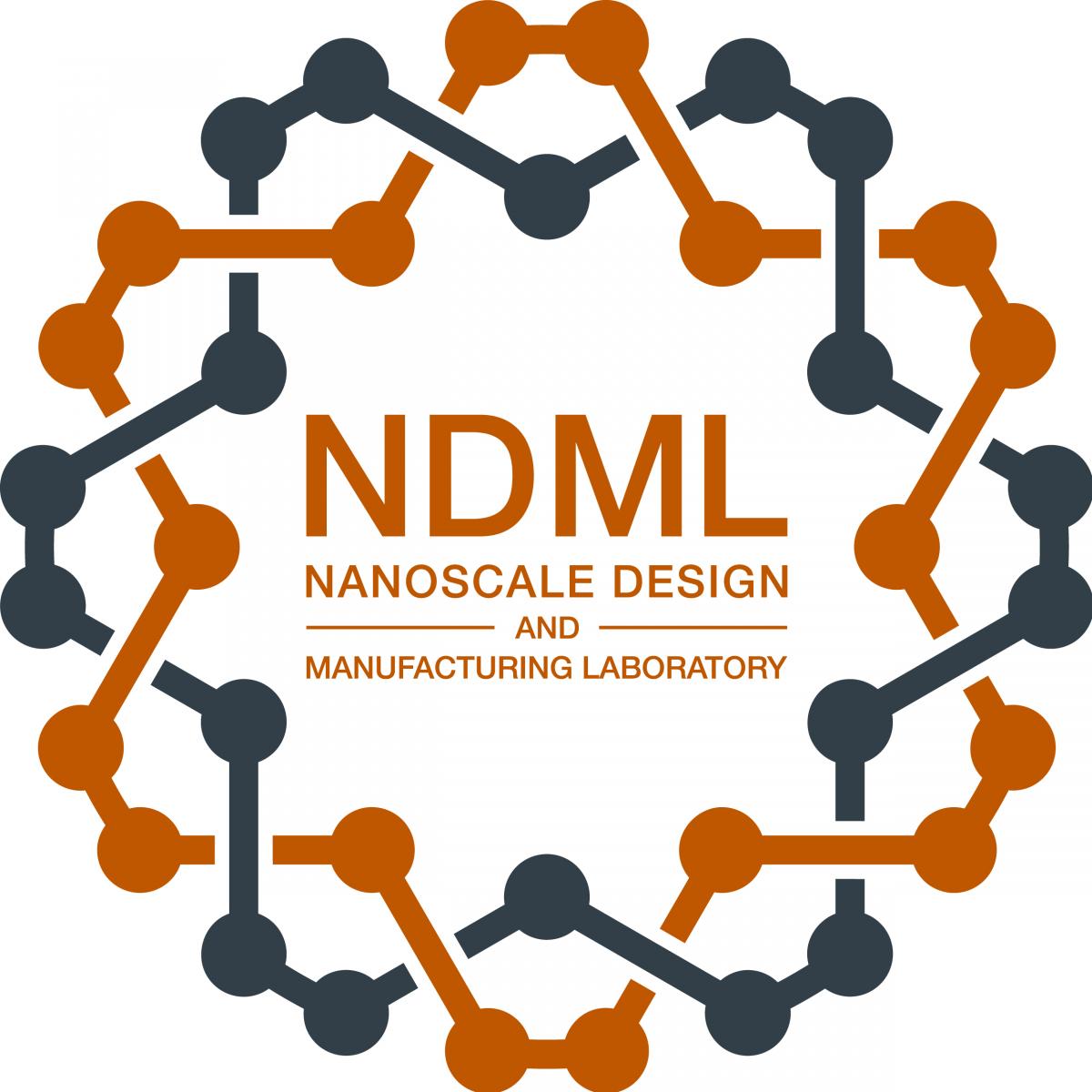The development of micro and nanoscale additive manufacturing methods in metals and ceramics is important for many applications in the aerospace, medical device, and electronics industries. For example, if we can fabricate additively manufactured parts with micron-scale resolutions, it becomes possible to produce materials with controlled microstructures. Such materials can exhibit very high strength-to-weight ratios, which is critical for a number of applications in the aerospace industry.
-
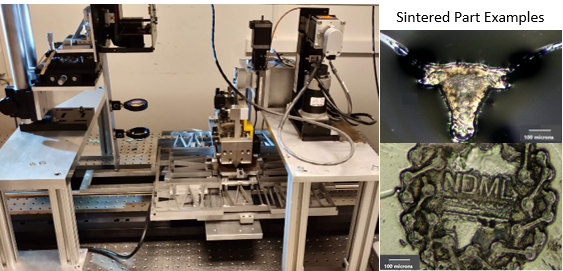
-
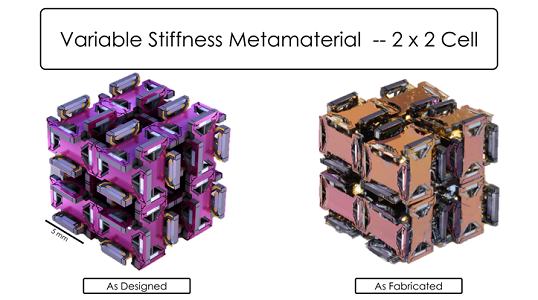
Decades of sustained scaling in IC fabrication has made it possible to obtain extremely high functionality in increasingly smaller die and the proliferation of mobile computing is creating a need for compact, heterogeneous integration of materials and functionalities. These emerging trends have led to great deal of interest in the large scale manufacturing of flexible hybrid nanoelectronic devices.
-
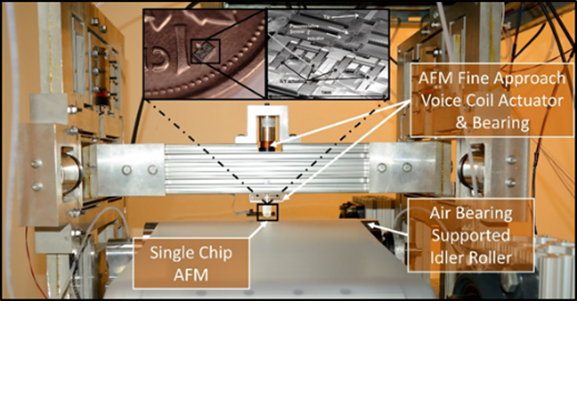
The third area of focus for the NDML is the development of metrology systems for nanomanufacturing applications. One of the major challenges in nanoscale manufacturing is defect control because it is difficult to measure nanoscale features in-line with the manufacturing process. Optical inspection typically is not an option at the nanoscale level due to the diffraction limit of light, and without inspection high scrap rates can occur.
-
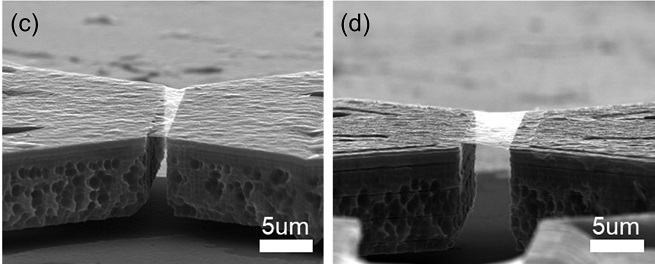
The final major focus of the NDML is the manufacturing of nanoscale materials and devices for nanoelectronics, structural, and sensing applications. One of the biggest current challenges in nanomanufacturing is the integration of nanomaterials and mechanisms with micro- and macroscale structures to create repeatable devices. This type of multi-scale integration is necessary because nanoscale materials and mechanisms typically need to interact with the larger world around them in order to produce useful devices and products.
 The Nanoscale Design and Manufacturing Laboratory (NDML) at the University of Texas at Austin focuses on the design and development of novel processes and equipment for the manufacturing of micro and nanoscale devices and structures. As materials and mechanisms are scaled down to the nanoscale, new physical phenomena emerge, producing unique and extraordinary mechanical, electrical and thermal properties. However, taking advantage of these properties to create useful, marketable products has often proven difficult. These difficulties result from our inability to quickly and reliably incorporate nanostructures and nanoscale materials into micro/macroscale structures and devices. Therefore, new nanomanufacturing processes and equipment must be developed to overcome these limitations and enable the successful manufacturing of precise and repeatable nanoscale structures and devices for high-value defense, energy, and nanoelectronic applications. Current work in the NDML at UT-Austin focuses on several areas that are critical to the advancement of micro and nanomanufacturing including:
The Nanoscale Design and Manufacturing Laboratory (NDML) at the University of Texas at Austin focuses on the design and development of novel processes and equipment for the manufacturing of micro and nanoscale devices and structures. As materials and mechanisms are scaled down to the nanoscale, new physical phenomena emerge, producing unique and extraordinary mechanical, electrical and thermal properties. However, taking advantage of these properties to create useful, marketable products has often proven difficult. These difficulties result from our inability to quickly and reliably incorporate nanostructures and nanoscale materials into micro/macroscale structures and devices. Therefore, new nanomanufacturing processes and equipment must be developed to overcome these limitations and enable the successful manufacturing of precise and repeatable nanoscale structures and devices for high-value defense, energy, and nanoelectronic applications. Current work in the NDML at UT-Austin focuses on several areas that are critical to the advancement of micro and nanomanufacturing including: